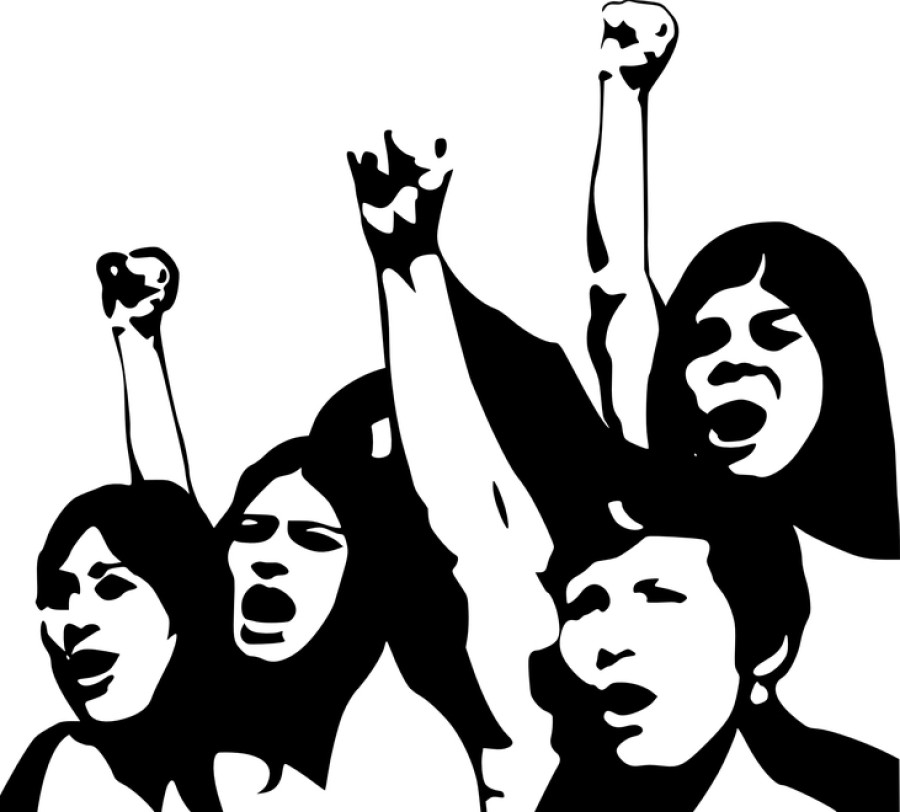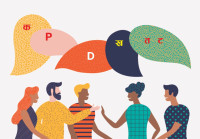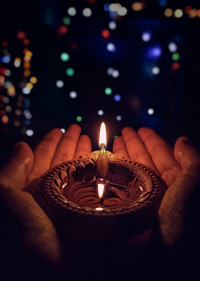As it is
Is ‘The Wayward Daughter’ feminist?
Many readers arrived at Shradha Ghale’s book talk, organised by Martin Chautari, seeking the closure the book failed to deliver.
Ritu Rajbanshi
For a Kathmandu resident, reading The Wayward Daughter: A Kathmandu Story is like getting an all familiar tour of the city under the nostalgic light. Sumnima, the protagonist, is every middle-class girl, growing up in the cocoon-like valley of Kathmandu. Her mother is an imitation of every mother out there, trying to balance her fast-slipping dreams against her household responsibilities. Her boyfriend is an amalgamation of different types of men trying to be better but failing miserably. Her grandmother is the energetic old woman who keeps us on the edge of sanity all day long. So iridescent are Shradha Ghale’s characters that their stories seem personal to us. So, when the book races towards its ending, readers are worried their favourite characters might not get a justified ending.
These fears aren’t too far-fetched: Sumnima doesn’t go through full-fledged character development. She succumbs to societal norms without a fight and simply lets unjust things happen to her. Readers cannot help but question the waywardness of this daughter we are cheering for. Other beloved characters seem to resign to their fates as well. Boju, the foul-mouthed grandmother, who did not deter from voicing her opinions and thoughts, disappears into the chaos of Sumnima’s storyline. Premkala, Sumnima’s strict and sometimes harsh mother, takes a backseat in the story. The book offers no sense of closure or catharsis as readers turn the last page.
Many of these readers arrived at Shradha Ghale’s book talk, organised by Martin Chautari, seeking the closure the book failed to deliver. So naturally, one of the first questions for Ghale revolved around the whereabouts of Sumnima in the year 2019. In the ensuing silence, Ghale confirmed that Sumnima is indeed a doctor now and is living it up in the US. We all smiled and cheered! Sumnima made it!
Other readers, however, weren’t so easily satisfied. They wanted to understand Ghale’s process and her decisions: why, oh why, had she chosen such lacklustre fates for such sparkling characters? Readers of her journalism, so used to her purpose-driven pieces, felt that she almost “gave up” on her characters and her story, leaving her snappy rule-defying women subdued and without agency. One reader took it even further, claiming that the descriptions of Sumnima’s Kathmandu household were far too obvious. They were, he said, far too familiar. Why?
Shradha Ghale answered all these questions with a smile, explaining that the intention of the book was indeed familiarity. She was glad, she explained, that the descriptions seemed ‘obvious’ because she intended her fiction to condense life exactly as it is onto paper. “If it looks so familiar to you then I’m glad it does because that was my intention,” reveals Ghale. And like all-too-familiar real life, dreams remain dreams, predators go unpunished, and wayward girls are eventually tamed. With regard to reflecting life as it is, there is no question of her success. Written a written agenda, without the intent to romanticise and dream of an ideal, one reader asked the question that many were probably wondering, “Can you call The Wayward Daughter a feminist book?”
Some nodded, some seemed confused. After all, the characters seem very real to us. All of them tackle very real conflicts, like predatory partners, problems with in-laws, sexual abuse from someone in a position of authority, and job insecurity. Ghale makes sure that we are rooting for all of these women to fulfil their dreams, for them to have happy endings. But, even after building up to such hopes, Ghale allows injustices to simply happen to them, casually and carelessly, without a hint of justice being around the corner, no revolution freeing these women who seem to us like family.
Feminism intends more than mere representation. Ghale reveals that she has pondered this very question for a while. At the talk, she says no, the book cannot be called feminist. Feminism has a clear agenda, and The Wayward Daughter lacks exactly that by staying true to its realism. This statement hits home because so much of what Ghale’s women go through is what Kathmandu’s women go through, without justice or revenge. Sumnima, a teenager, getting abused by her college principal and yet feeling no sense of rage against him to fight for the injustice that happened to her is only one example. In a different book with a different intention, a writer could have explored a revolution, sought the poetic justice of a fictional world, given the growth and maturity of the characters to deal with such instances, and given the audience what they wanted. But Shradha Ghale doesn’t do this because this just did not happen in Kathmandu, especially in the Kathmandu of the ’90s.
But the questions remain: can a book attempting to portray the real world around us actually be feminist in nature? Is a feminist arch possible for characters and writers within the world of realism? Aren’t the fates of Sumnima, Boju and Premkala the fate of millions of Kathmandu residents so wrapped up in their own worlds that feminism can’t even be spared a breath? Those of us who have read and are dwelling on the ending of The Wayward Daughter know the answers to these questions all too well.
Rajbanshi is a writer and works as a researcher and editor at Quixote's Cove




 15.12°C Kathmandu
15.12°C Kathmandu










